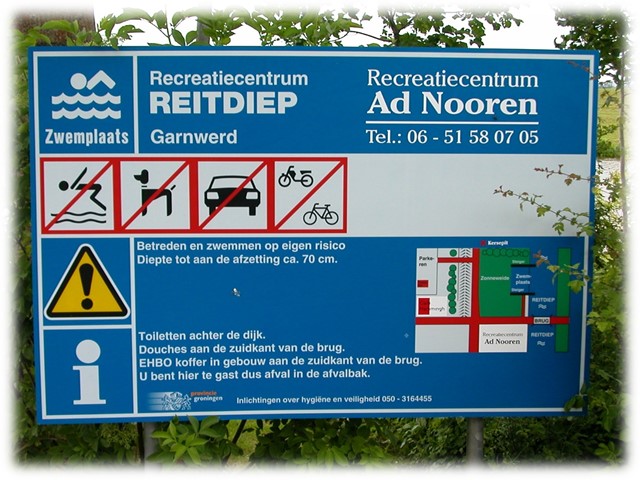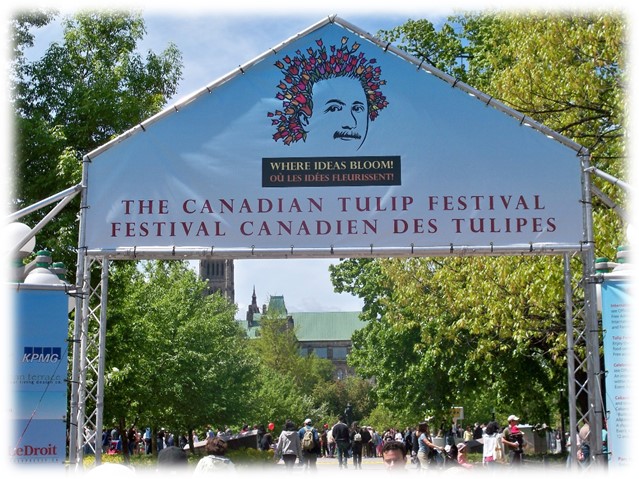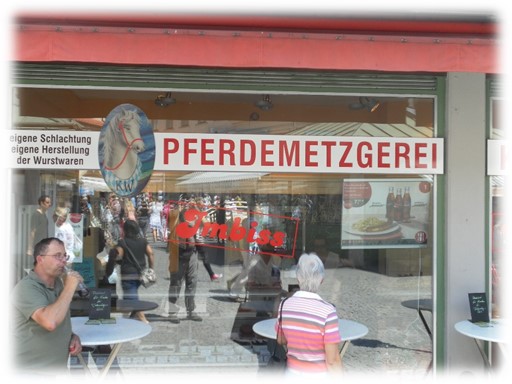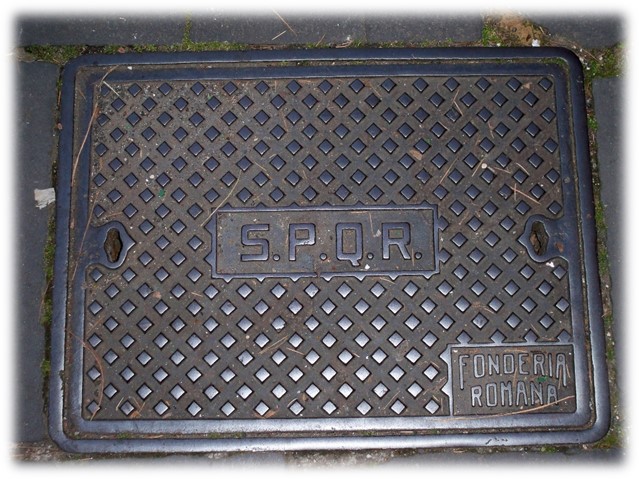© 2016 Rex Jaeschke. All rights reserved.
From time to time during my travels, I come across signs that I find interesting for one reason or another. Sometimes, they contain clever writing, are humorous, or remind me of some place or event. Here are some more from various trips.
| |
 The Happy Chicken restaurant in Valladolid on the Yucatan Peninsula of Mexico. From the menu: The Happy Chicken restaurant in Valladolid on the Yucatan Peninsula of Mexico. From the menu:
Every day: charbroiled chicken with soup broth and onion.
On Saturdays and Sundays after 10:30 am: ribs and grilled beef, and soft drinks.
It seems to me that the chickens would not be very happy to be there, once they knew their fate! |
| |
 Okay, smarty pants; try pronouncing that! Okay, smarty pants; try pronouncing that!
On the Yucatan Peninsula of Mexico, there are underground rivers, which are reached through sinkholes called cenotes.
Some place names—like this one—are based on indigenous languages. |
| |
 A highway sign in the Spanish-speaking US territory of Puerto Rico. A highway sign in the Spanish-speaking US territory of Puerto Rico.
Now a certain unnamed friend was riding with us, and after she'd seen numerous signs like this, she remarked, "That town called Salida sure is a popular place!"
Salida is Spanish for exit! How embarrassing! |
| |
 Perhaps a better way to be "Working with the Community" would be to get all that crap out of the Thames River! Perhaps a better way to be "Working with the Community" would be to get all that crap out of the Thames River!
|
| |
 From a recreation center in the Netherlands. From a recreation center in the Netherlands.
I never did figure out why black poodles were banned!
|
| |
 The reception area of a rural motel in New Mexico, USA. The reception area of a rural motel in New Mexico, USA.
Each cabin/room was named for a bird or animal; I was in Rabbit. Out my back door, a stream ran rapidly past, and, yes, there was even a young beaver swimming there with his small lodge off to one side. |
| |
 Apparently, Einstein and Medusa had the same hair stylist! Apparently, Einstein and Medusa had the same hair stylist!
From the tulip festival in Ottawa, Canada, in 2008.
Click here to read about Princess Juliana of the Netherlands and her exile in Canada, which led to this tulip festival. |
| |
 I never did figure out who these characters were, but they were beckoning me to a restaurant in the streets aound Ueno Station in Tokyo. I never did figure out who these characters were, but they were beckoning me to a restaurant in the streets aound Ueno Station in Tokyo.
|
| |
 After World War I (the war to end all wars!), the French embarked on a huge construction project, the Maginot Line. After World War I (the war to end all wars!), the French embarked on a huge construction project, the Maginot Line.
Unfortunately, it was never finished, and the Germans entered France in WWII by making an end-run through Belgium; tricky devils!
I toured a section of the underground fortifications. |
| |
 From Japan. From Japan.
No funny business with your dog; wakarimasu (do you understand)?
|
| |
 From Munich, Germany: A butcher shop (metzgerei) that sells horse (pferd) meat! From Munich, Germany: A butcher shop (metzgerei) that sells horse (pferd) meat!
|
| |
 From the very quaint east German village of Tiefengruben, near Weimar: From the very quaint east German village of Tiefengruben, near Weimar:
The German equivalent to, "Slow down; children at play." Literally, Caution, Children. |
| |
 The Hotel Elephant in Weimar, Germany. Famous as a dining place for Goethe, Schiller, Liszt, and Wagner. The Hotel Elephant in Weimar, Germany. Famous as a dining place for Goethe, Schiller, Liszt, and Wagner.
|
| |
 Hmm. Pub food in Rome, Italy. Whatever might that entail? Hmm. Pub food in Rome, Italy. Whatever might that entail?
I'm reminded of the Roman Centurion who walked into a bar and held up two fingers (like the English "V-for-Victory"), which meant, he wanted "5 beers"! |
| |
 A street name in Rome, Italy. A street name in Rome, Italy.
Interestingly, the word propaganda is derived from propagate, and the negative meaning the former has today only came into being during World War I. |
| |
 A manhole cover in Rome, Italy. A manhole cover in Rome, Italy.
According to Wikipedia, "SPQR is an acronym of a Latin phrase, Senātus Populusque Rōmānus ("The Senate and People of Rome"), referring to the government of the ancient Roman Republic, and used as an official emblem of the modern-day commune (municipality) of Rome.
|
| |